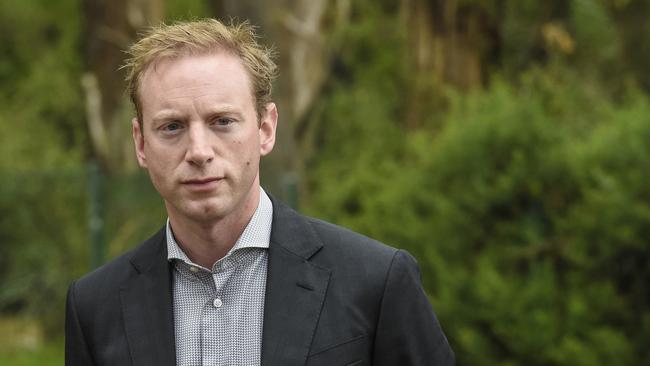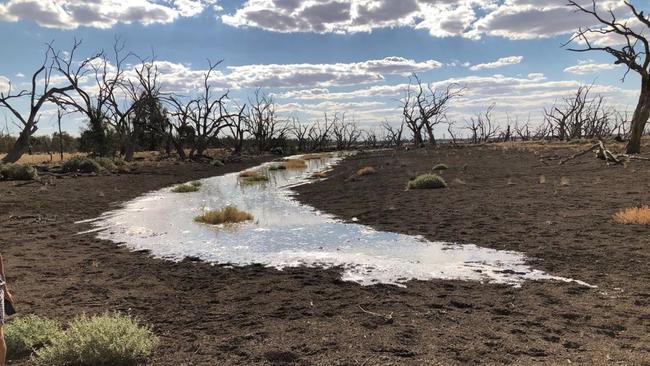Menindee Lakes, Darling River flows create moment for Basin Plan progress, says Speirs
More water is finally returning to the scene of ecological disaster, and that could give SA a new opportunity, even if it can’t boost the Murray now.
SA News
Don't miss out on the headlines from SA News. Followed categories will be added to My News.
Australia must seize on the biggest flow of water down the Darling River in five years to make big leaps forward in the Basin Plan as its 2024 deadline looms, South Australia’s water minister says.
The Menindee Lakes, the site of mass fish kills just two years ago, are now more than 43 per cent full, and water is set to be released from them into the Southern Basin for the first time since 2017 this week.
It’s not expected to be a big material change in the water heading to SA, as the Murray Darling Basin Authority can allocate the water where needed.
SA irrigators are already expected to get 100 per cent of their water allocations for the year ahead, with a high projected opening allocation of 82 per cent.
But the goodwill generated by higher rainfall and extra water in the crucial river system was an opportunity SA, New South Wales and Victoria couldn’t miss to tackle “harder elements” of Murray Darling Basin Plan, David Speirs says.


After the drought, the extra water took “very significant” pressure off river communities in NSW and Victoria, and would help reform move quicker with more buy-in, Mr Speirs said.
“That will enable us to turbocharge our efforts in the coming months and years to push on with perhaps the harder elements of the (plan),” he said.
More progress on the 450GL, which SA fought to be included in the plan for the long-term health of the river, was one of the top priorities.


Just 17GL of the 450GL is on track to be recovered so far, with just three years left before the plan’s legislated deadline.
“There are challenges with the deadline but that’s no reason to stop trying … because every project means more water … flowing for the environment and for irrigators as well, and more resilience in the river,” Mr Speirs said.
Some projects would “struggle to get across the line” by 2024 but should still be embraced if they were on track for 2025 or 2026, he said.
About 150GL of projects towards the 450GL are being assessed, but have not yet been announced.
Another priority was getting more progress on big infrastructure and efficiency projects. Mr Speirs welcomed 75 per cent of those being on track.
Water buybacks were a “blunt instrument”, and should remain a last resort, he said.
Opposition water spokeswoman Susan Close said: “No one other than David Speirs thinks that we’re going to get 450GL out of the projects that are being contemplated.”
She agreed basin governments should seize the opportunity but voluntary water buybacks needed to be back on the agenda and the federal government needed to reverse its decision against “on farm” water efficiency projects.


